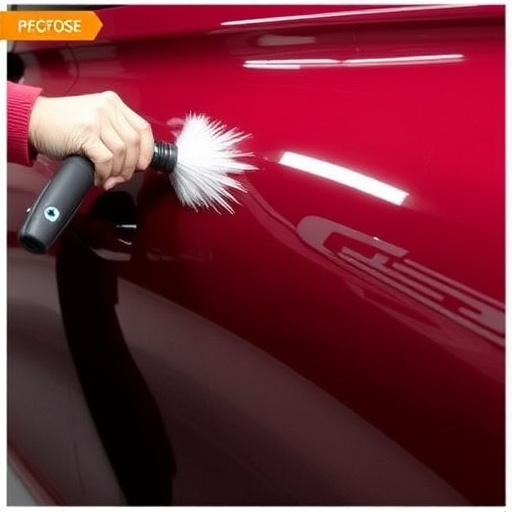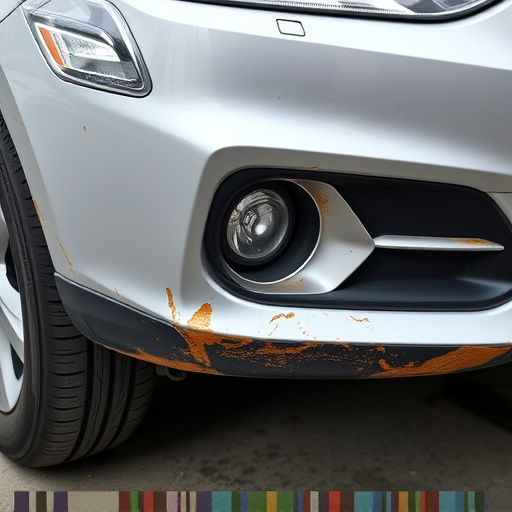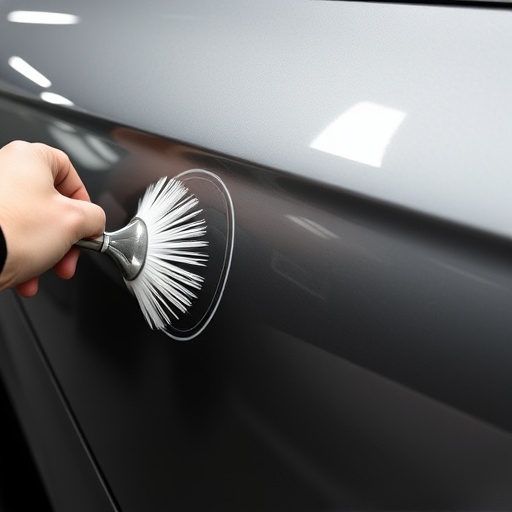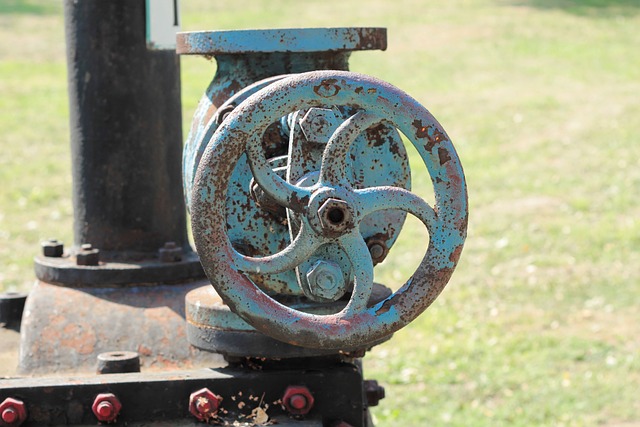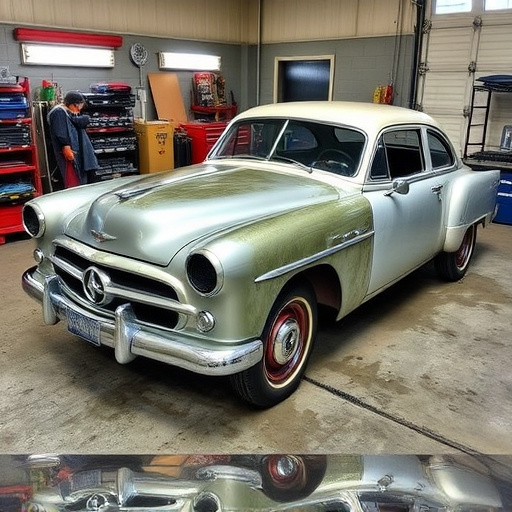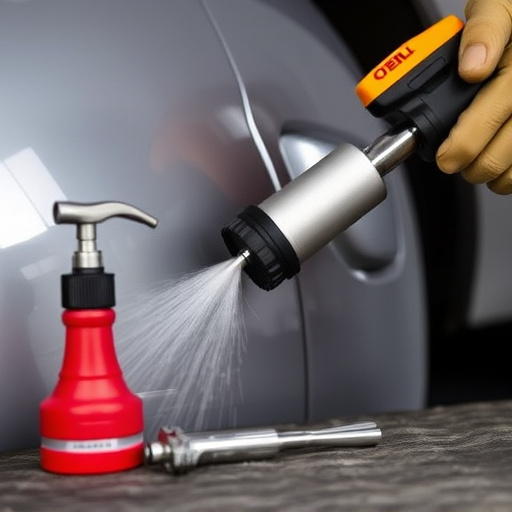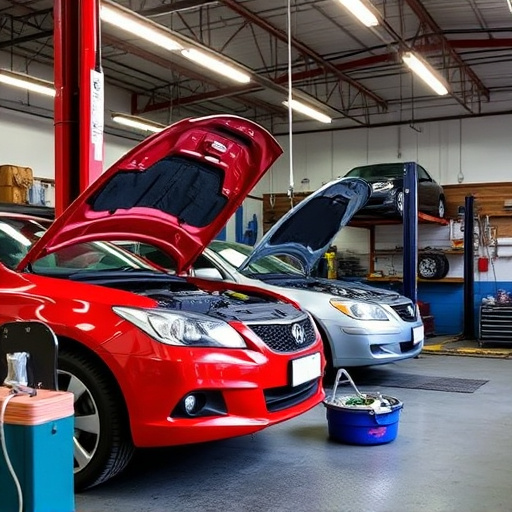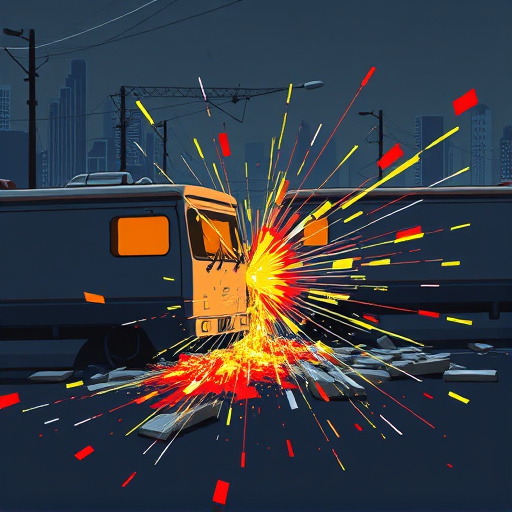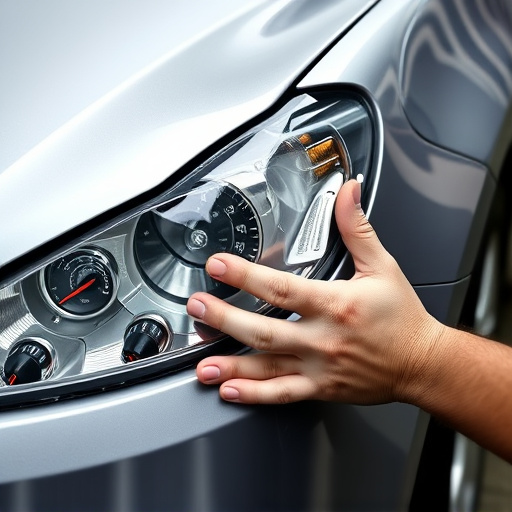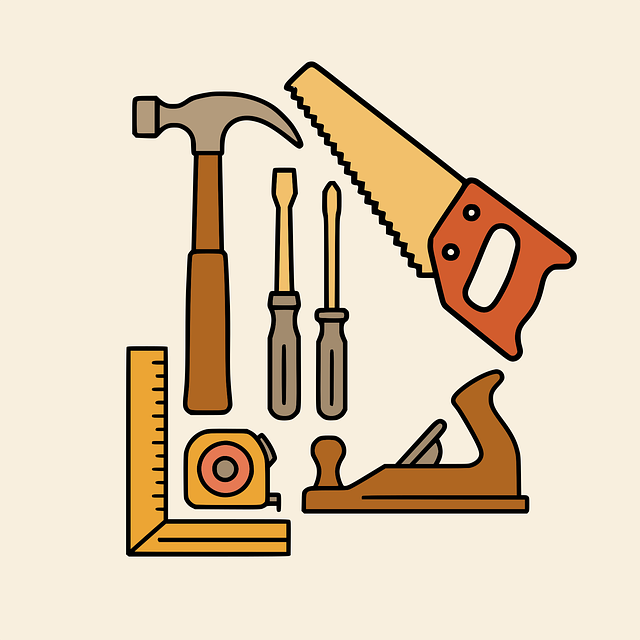Axle damage, frequent after car accidents due to forces and critical function in vehicle stability, poses safety risks. While visual inspections may reveal obvious damage, subtle issues require specialized tools. Prompt repair is vital for safety, performance, and preventing further damage. Skilled mechanics assess damage, recommend restoration or replacement using high-quality parts and paint services. Regular maintenance checks and timely repairs prevent severe axle damage, with auto body shops offering periodic inspections and services to ensure optimal vehicle condition.
Axle damage is a frequent outcome of car accidents, often resulting in significant vehicle repairs. Understanding axle damage mechanisms and its common causes is crucial for drivers and mechanics alike. This article explores these aspects, delving into the types of collisions that most frequently lead to axle failure and the available repair options. We also discuss prevention strategies to mitigate the risk of costly axle repairs following accidents, emphasizing the importance of prompt vehicle maintenance.
- Understanding Axle Damage in Car Accidents
- Common Causes of Axle Failure After Collisions
- Repair Options and Prevention Strategies for Axle Damage
Understanding Axle Damage in Car Accidents

Axle damage is a common occurrence following car accidents due to the significant force involved and the vital role axles play in vehicle stability. Axles are integral components that connect wheels to the vehicle’s drivetrain, enabling smooth turning and traction. In a collision, impact can cause bending, cracking, or even complete fracture of these structures, leading to immediate safety concerns and subsequent need for axle repair after accident.
Recognizing axle damage is crucial, as it may not always be immediately apparent. Visual inspections might reveal visible bends or deformities, but subtle issues could require specialized tools and expertise to diagnose. Promptly addressing axle damage is essential for both vehicle safety and performance. A reliable car repair shop with experience in axle repair after accident can offer necessary services, ensuring vehicles are restored to their pre-accident condition using quality parts, including potential car paint services for any cosmetic repairs needed alongside axle restoration.
Common Causes of Axle Failure After Collisions

Axle damage is a prevalent issue following car accidents due to the significant force and impact involved. When two vehicles collide, the sudden stop or change in direction can cause severe stress on the vehicle’s structural components, including the axles. These critical parts are responsible for supporting the weight of the vehicle and enabling its wheels to rotate smoothly. In the event of a collision, several factors contribute to axle failure:
1. Impact Force: The force generated during a crash can exceed the material strength of the axles, leading to buckling, bending, or complete breakage. This is especially true in high-speed collisions where energy transfer is intense.
2. Misalignment and Crushing: Severe accidents may cause misalignment or crushing of the axle housing, suspension components, or nearby structures, compromising the axle’s integrity and rendering it unusable without thorough automotive collision repair.
3. Overloading: Axles are designed to handle specific weight capacities; when a vehicle is overloaded or has faulty load distribution, excessive strain is placed on the axles, increasing the risk of damage during normal driving, let alone in a collision.
Prompt axle repair after an accident is crucial for several reasons, including ensuring safe vehicle operation and preventing further damage. A skilled mechanic can assess the extent of the damage and recommend the best course of action, which may involve replacement or careful restoration of the damaged parts. For those contemplating a car restoration project, it’s essential to remember that proper axle condition is a fundamental aspect of achieving optimal results in auto painting and overall vehicle performance.
Repair Options and Prevention Strategies for Axle Damage

After a car accident, axle damage is often overlooked but can lead to serious safety risks if left unattended. The good news is that there are several repair options available for those who experience this issue. The most common methods involve replacing or realigning the affected components, which can be performed by either an automotive body shop or a specialized mechanic. For more extensive damage, a complete axle assembly replacement might be necessary. This process typically requires advanced equipment and expertise to ensure precision in aligning the new axle with the vehicle’s frame.
Prevention is key when it comes to axle damage after accidents. Regular maintenance checks can help identify potential issues early on, allowing for timely repairs before they escalate. Additionally, ensuring that vehicles undergo proper alignment adjustments after collisions or rough road conditions can contribute significantly to maintaining optimal axle health. Consider visiting an auto painting and body shop for periodic inspections and services to keep your vehicle in top condition, thereby minimizing the risk of future axle-related problems.
Axle damage is a prevalent issue following car accidents, often stemming from high-impact collisions. Understanding the common causes and available repair options is essential for both drivers and mechanics. By implementing preventive strategies, such as regular maintenance checks, understanding vehicle dynamics, and adhering to safety guidelines, it’s possible to reduce the risk of axle failure. Prompt action after an accident and choosing the right repair methods, whether it’s a simple adjustment or a complete axle replacement, can ensure safer driving conditions and minimize future risks, ultimately promoting peace of mind on the road. Remember, addressing axle damage promptly through effective repairs is key to maintaining your vehicle’s performance and safety.
